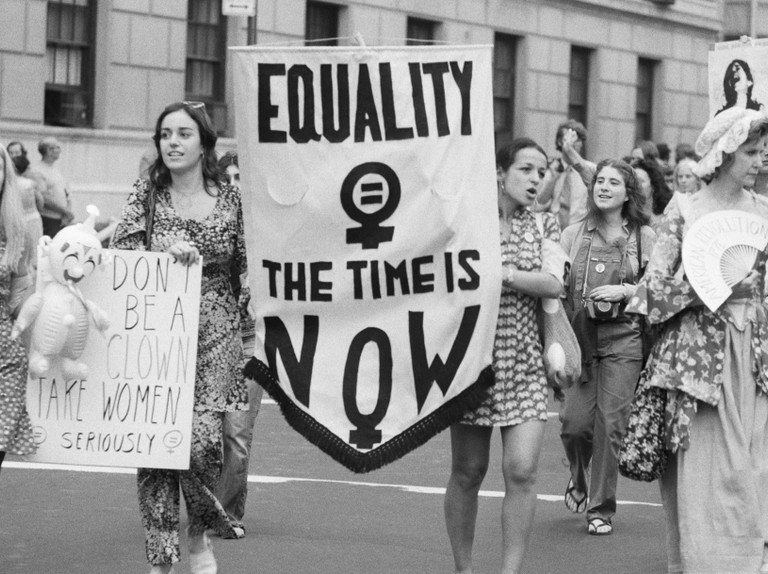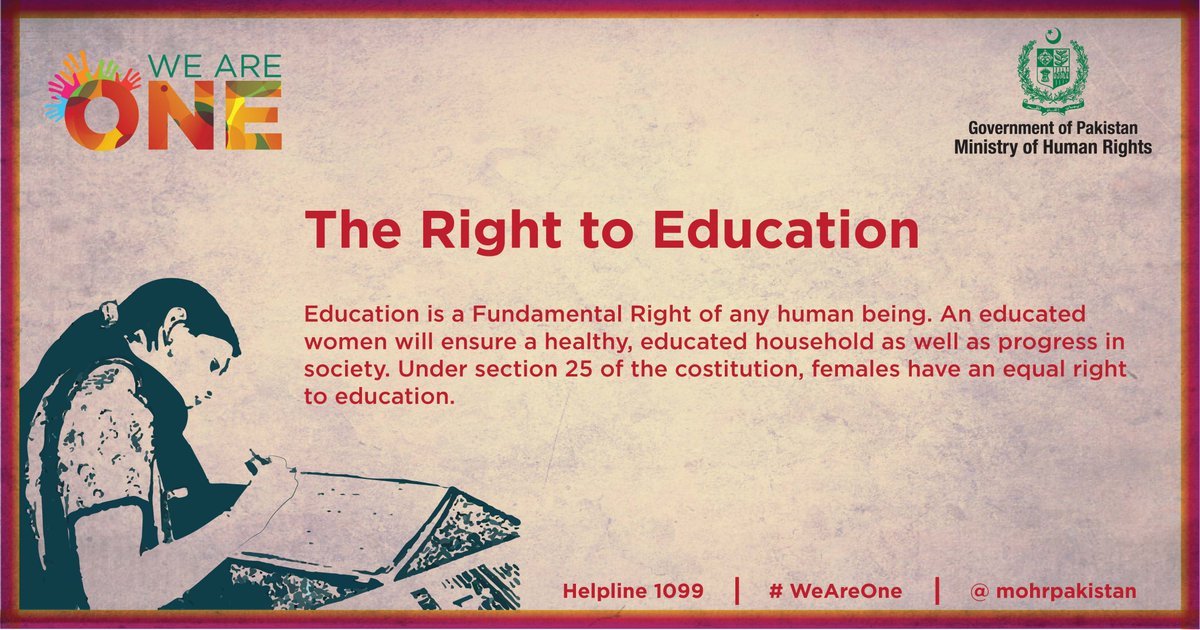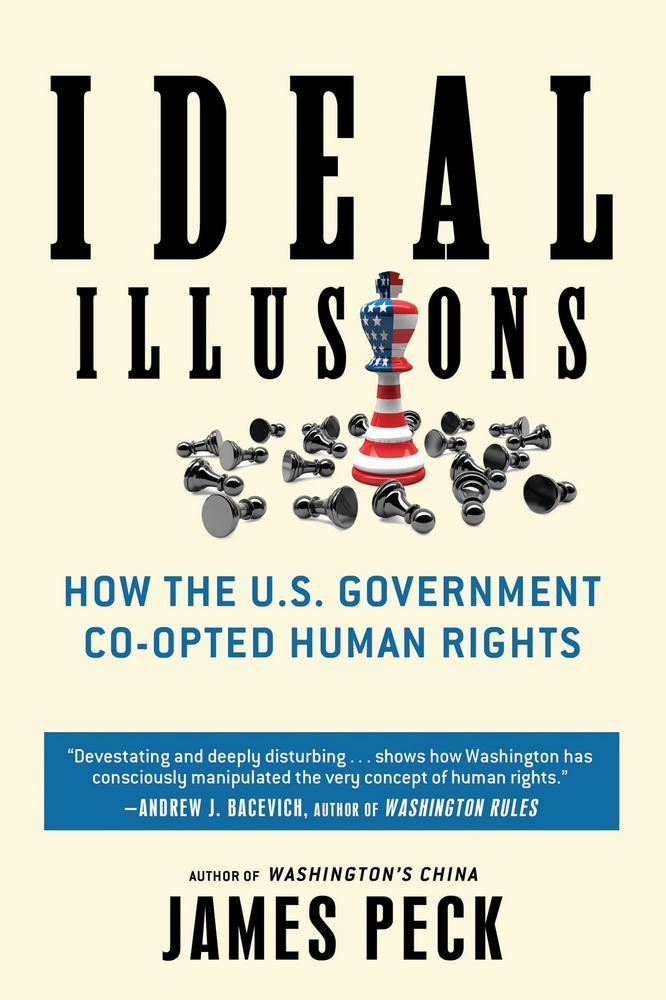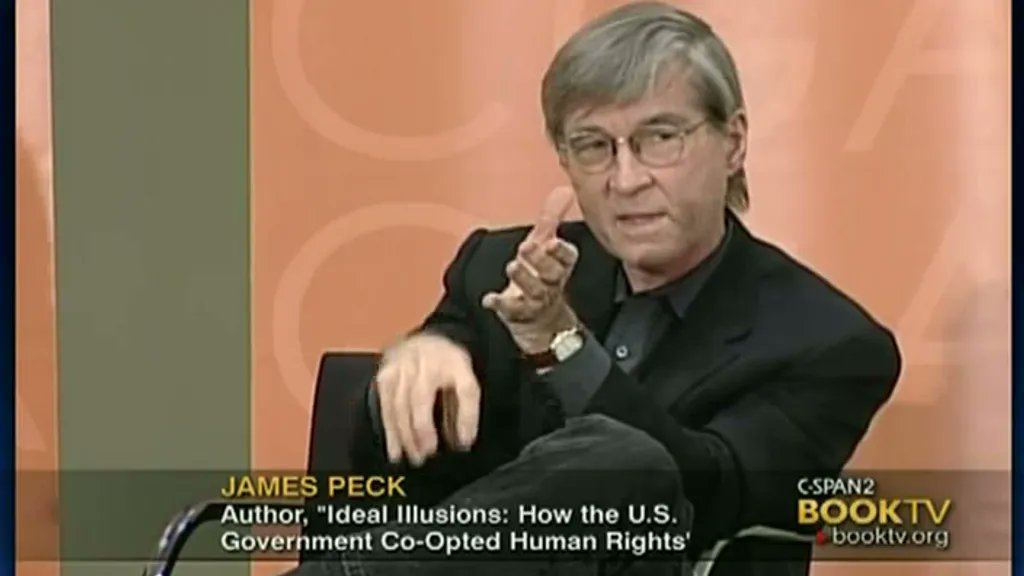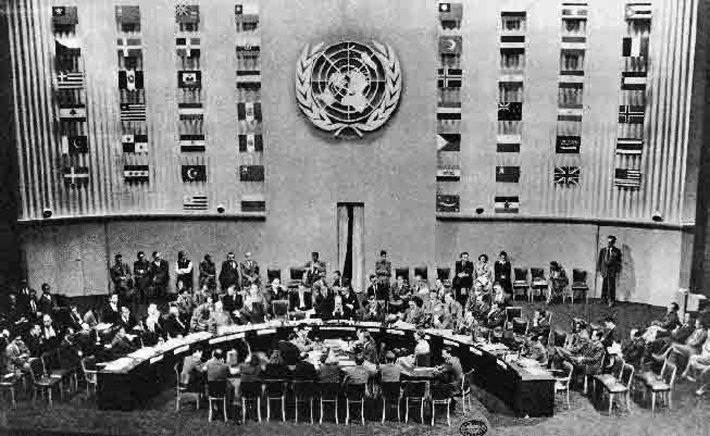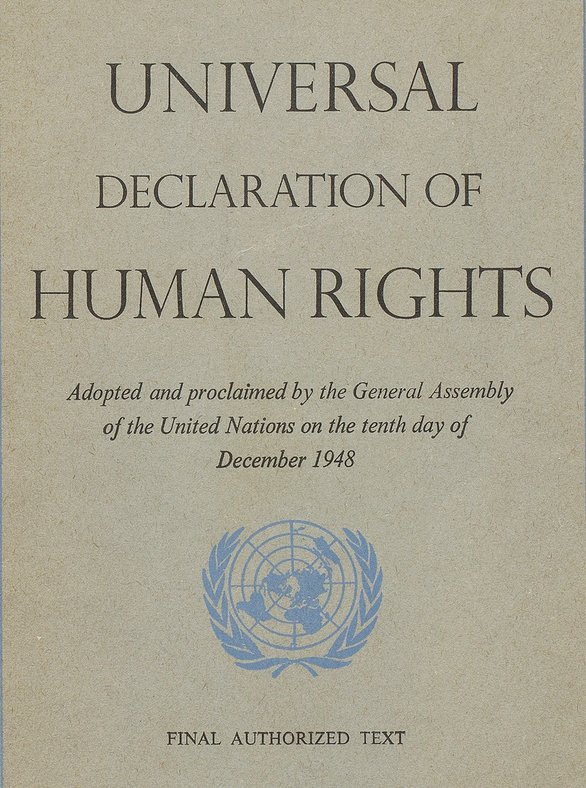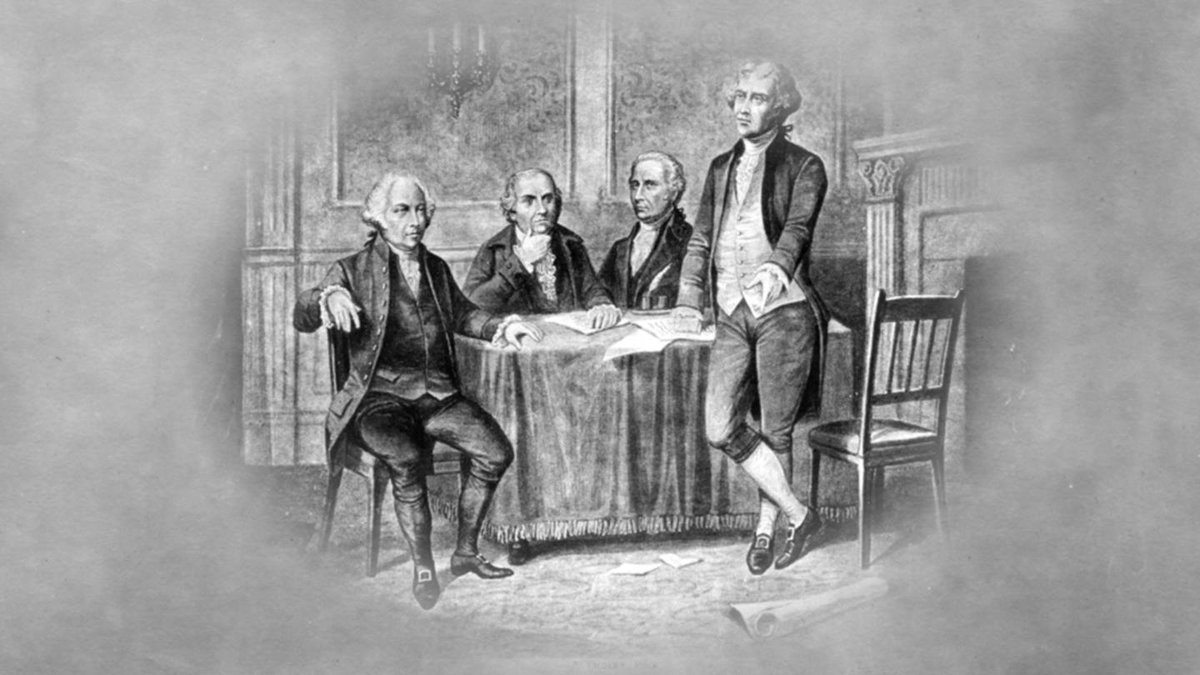
Thread: The Birth of Naxalism in India
Since 2010, a pattern can be observed indicating an increase in the Naxalite insurgency in India. The word Naxalite refers to Maoist-oriented, militant insurgent separatist groups operating intermittently in India since the mid-1960s.
[1]
Since 2010, a pattern can be observed indicating an increase in the Naxalite insurgency in India. The word Naxalite refers to Maoist-oriented, militant insurgent separatist groups operating intermittently in India since the mid-1960s.
[1]
https://twitter.com/SATimes_TV/status/1379392997767458818
The roots of the Communist ideology in India can be traced back to 1925 when the Communist Party of India (CPI) was founded to instigate a national revolution against the British Imperials. Initially, tied to Stalin’s ideology, CPI suffered a blow in February 1951.
[2]
[2]

In February 1951’s meeting, the delegation was told to abandon violent revolution and participate through the democratic platforms. This has hugely influenced the CPI’s decision to abort the Telangana movement.
[3]
[3]

Telangana movement lasted from 1946 to 1951; it worked to liberate the peasantry from the oppression and supremacy of landlords and can be considered significant in setting events in motion that have resulted in the Naxalbari uprising 16 years later.
[4]
[4]
As concerns the context, two communist giants- USSR and China, suffered tension when in the 1960s the Soviets tilted towards democratic methods and diplomatic relations to spread communism and the Chinese labeled them as revisionists with abandoned communist ideals.
[5]
[5]

Hence, the split was caused between the CPI and the CPI-M (Maoist) was founded at the Seventh Congress of the Communist Party of India in Calcutta in late 1964.
[6]
[6]
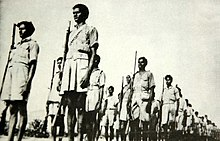
A further split occurred in the party in 1967 after the Naxalbari peasant revolt leading to the formation of the Communist Party of India (Marxist-Leninist) in 1969 in Calcutta.
[7[
[7[
Over the years, the Naxal insurgency has emerged as the greatest internal security threat for India. In the late 1950s and the early 1960s, it started as a Maoist movement seeking the right to independence in Naxalbari village.
[8]
[8]
Supportive of Maoism, they are considered far-left communists who believed in the legacy of the Communist Party of India (Marxist).
1967 Naxalite peasant revolt in village Naxalbari, West Bengal along the Indo-Nepal border, against feudal landlords changed the trajectory.
[9]
1967 Naxalite peasant revolt in village Naxalbari, West Bengal along the Indo-Nepal border, against feudal landlords changed the trajectory.
[9]
Afterwards, it turned into an insurgency which was then backed by several provinces with a population below the poverty line. From that time onward, it became known as Naxalism or the Naxalite movement.
[10]
[10]
However, it has now evolved into a combination of ethnic, caste, and class-based political violent movement and economic insurgency; mainly supported in rural southern and eastern India; Chattisgarh, Odisha, Andhra Pradesh, and Telangana are considered strongholds.
[11]
[11]
Operation Steeplechase was conducted in 1971 in West Bengal by the Indian government; the army and CRPF participated. Lasted for 45 days, the operation crushed the Naxalite Movement. However, in the 1990s the insurgency resurfaced when the economy in India was liberalized.
[12]
[12]
Naxalite splintered groups restructured; People’s War Group and Maoist Communist Center merged in 2004 resulting in creation of Communist Party of India-Maoists (CPI-Maoist), its armed wing, People’s Liberation Guerilla Army (PLGA), and surge in Left Wing Extremism (LWE).
[13]
[13]
Among the several Maoist factions active in what is called, Red Corridor"; central and eastern states - Andhra Pradesh, Bihar, Chhattisgarh, Jharkhand, Madhya Pradesh, Maharashtra, Odisha, Telangana, West Bengal, and Uttar Pradesh, (CPI-Maoist) is considered the largest.
[14]
[14]
With almost 20% of the territory occupied, Naxalites exploit poverty by providing welfare services to the population, in this way they rally people to their cause.
[15]
[15]
The Left Wing Extremism Division of the Ministry of Home Affairs has been created by the Indian government in October 2009 to tackle various Naxalite factions and the spread of Naxalism throughout the country.
- End
- End
• • •
Missing some Tweet in this thread? You can try to
force a refresh

